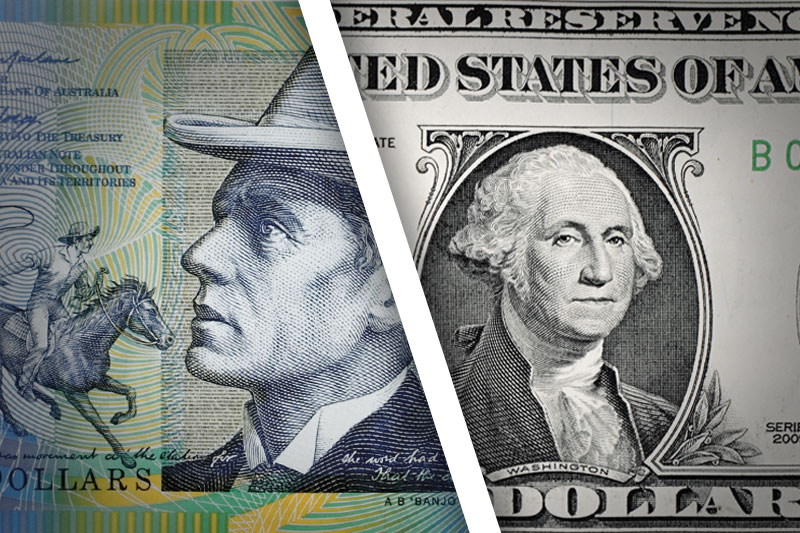Investing.com - The Australian dollar traded slightly lower against its U.S. rival during Wednesday’s Asian session as traders look for positives regarding the Aussie’s precipitous decline.
In Asian trading Wednesday, AUD/USD inched down 0.02% to 0.9261. The pair was likely to find support at 0.9148, Monday's low and a more than two-year low and near-term resistance at 0.9313, the high of June 20.
Already under pressure due to last week’s news that the Federal Reserve could begin slowing asset purchases by the end of 2013 and wind them down completely by the middle of 2014 if the economy continues to pick up, the Aussie trader lower again due to some buoyant U.S. data points.
In U.S. economic news out Tuesday, the S&P/Case-Shiller Index of home prices in 20 U.S. metro areas rose 12.1% in April. The 10-city index gained 11.6%. All 20 cities were positive for the fourth straight month. Atlanta, Dallas, Detroit and Minneapolis had the largest year-over-year gains.
The Commerce Department said new home sales rose 2.1% to a seasonally adjusted annual rate of 476,000 units – the highest level in nearly five years. expected new home sales to rise to a 462,000-unit rate in May. Sales surged 29% year-over-year.
U.S. consumer confidence rose to 81.4 in June, easily beating the reading of 75 economists expected. The May reading was 74.3. The U.S. consumer is estimated to account for 70% of GDP in the world’s largest economy.
Meanwhile, investors remained cautious amid sustained concerns over financial stability in China. China, the world’s second-largest economy, is the largest export market for both Australia and New Zealand.
Elsewhere, AUD/JPY rose 0.14% to 90.72 while AUD/NZD was flat at 1.1976.
In Asian trading Wednesday, AUD/USD inched down 0.02% to 0.9261. The pair was likely to find support at 0.9148, Monday's low and a more than two-year low and near-term resistance at 0.9313, the high of June 20.
Already under pressure due to last week’s news that the Federal Reserve could begin slowing asset purchases by the end of 2013 and wind them down completely by the middle of 2014 if the economy continues to pick up, the Aussie trader lower again due to some buoyant U.S. data points.
In U.S. economic news out Tuesday, the S&P/Case-Shiller Index of home prices in 20 U.S. metro areas rose 12.1% in April. The 10-city index gained 11.6%. All 20 cities were positive for the fourth straight month. Atlanta, Dallas, Detroit and Minneapolis had the largest year-over-year gains.
The Commerce Department said new home sales rose 2.1% to a seasonally adjusted annual rate of 476,000 units – the highest level in nearly five years. expected new home sales to rise to a 462,000-unit rate in May. Sales surged 29% year-over-year.
U.S. consumer confidence rose to 81.4 in June, easily beating the reading of 75 economists expected. The May reading was 74.3. The U.S. consumer is estimated to account for 70% of GDP in the world’s largest economy.
Meanwhile, investors remained cautious amid sustained concerns over financial stability in China. China, the world’s second-largest economy, is the largest export market for both Australia and New Zealand.
Elsewhere, AUD/JPY rose 0.14% to 90.72 while AUD/NZD was flat at 1.1976.
